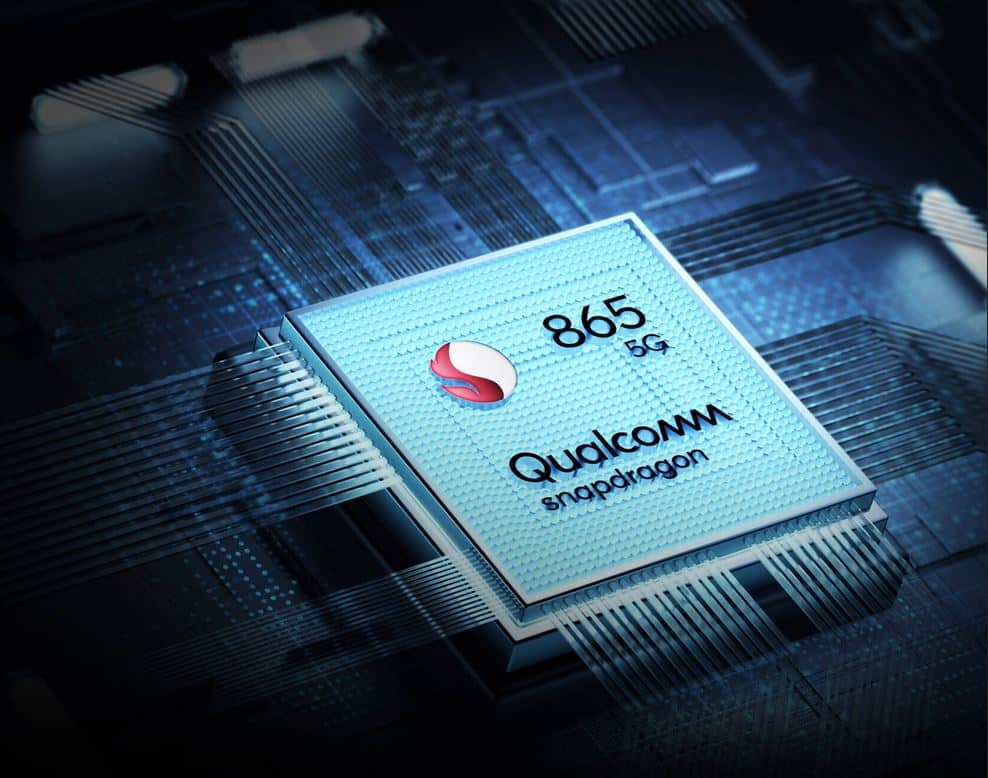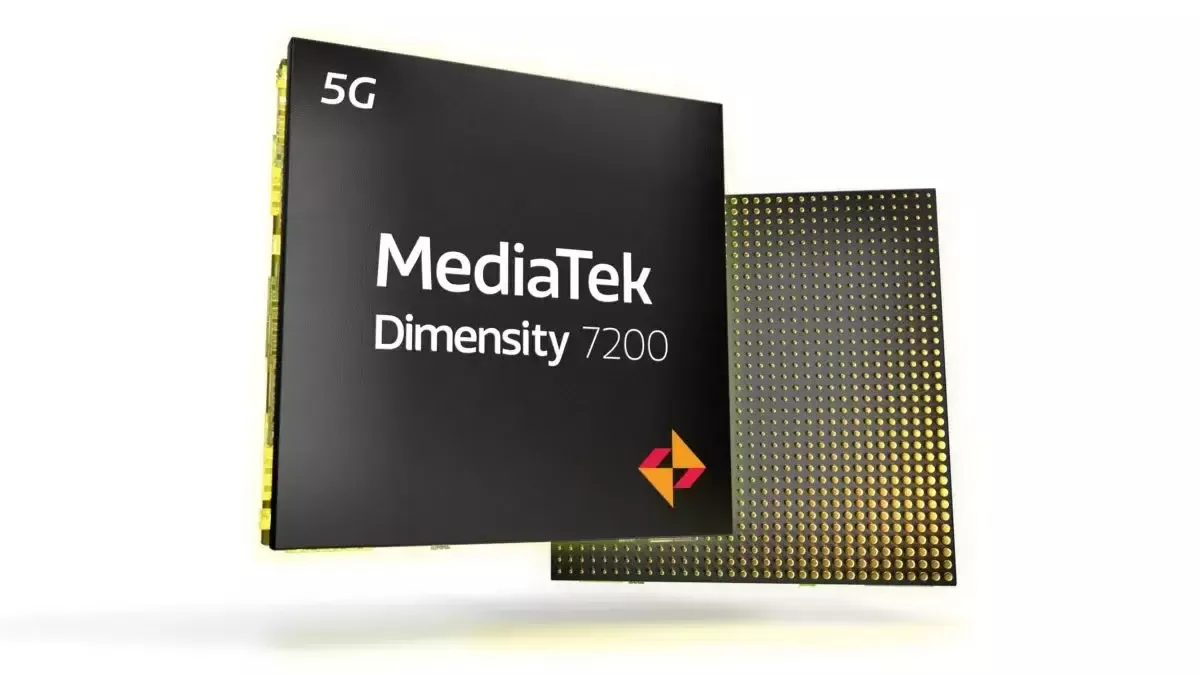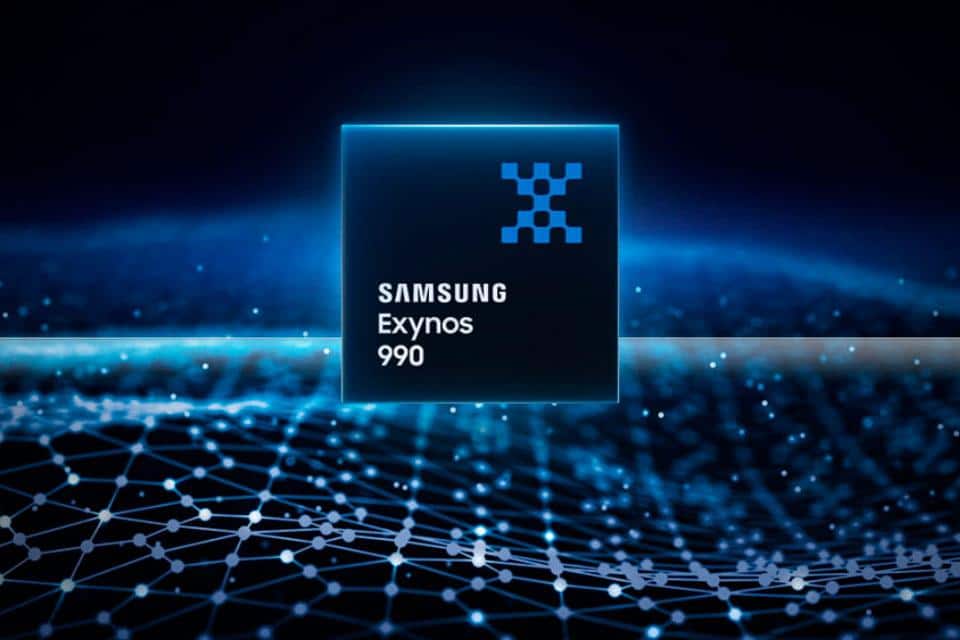6 Chipsets Similar to Exynos 1480
Exynos 1480 is a chipset built on a 4 nm process by Samsung. It was released in March 2024. It has eight CPU cores, made up of four Cortex A78 cores (2.75 GHz) and four Cortex A55 cores (2 GHz).
This CPU is paired with a graphics processor (GPU) called the Xclipse 530, which runs at 1,300 MHz. The Exynos 1480 is the first mid-range Exynos chipset to use a GPU based on AMD RDNA architecture.
The chipset supports internal storage up to UFS 3.1 and RAM up to LPDDR5 with a frequency of 3,200 MHz. It can also run displays with 2K resolution and refresh rates up to 144 Hz.
Some premium features on the Exynos 1480 include AI technology to process bokeh effects in portrait photos, and Samsung Knox Vault, a security feature that was first available only on the Galaxy S and Z series.
So, what chipsets similar to the Exynos 1480? Let’s take a look at the list.
1. Snapdragon 865

Snapdragon 865 used to be one of the best flagship chipsets of its time. But now, its performance is not much different from the Exynos 1480, which is a mid-range chip.
Looking at benchmarks, the OPPO Find X2 Pro reached an AnTuTu v10 score of 755,040 points. This is close to the Samsung Galaxy A55 5G, which scored 720,068 points.
On Geekbench 6, the phone with Snapdragon 865 got a single-core score of 1,239 and a multi-core score of 3,389. The Galaxy A55 5G got 1,158 and 3,485 points, which are very similar.
The Exynos 1480 has a 4 + 4 CPU setup, while the Snapdragon 865 has a 1 + 3 + 4 setup. It includes one prime Cortex A77 core (2.84 GHz), three Cortex A77 performance cores (2.42 GHz), and four Cortex A55 efficiency cores (1.8 GHz).
The Snapdragon 865 was built on 7 nm technology, which is less advanced than the 4 nm process of the Exynos 1480. It comes with the Qualcomm Snapdragon X55 5G modem that supports speeds up to 7.5 Gb/s.
The chip also uses the fifth-generation Qualcomm AI Engine and Qualcomm Sensing Hub to improve intelligence and personalization on smartphones.
2. Dimensity 7200

Dimensity 7200 was first introduced in early 2023 through mid-range smartphones such as the vivo V27 5G. Like the Exynos 1480, it is built on a 4 nm process, which makes both chips similar in terms of power efficiency.
The CPU in the Dimensity 7200 uses a 2 + 6 setup. It includes two high-performance Cortex A715 cores (2.8 GHz) and six power-efficient Cortex A510 cores (2 GHz).
Its clock speed is slightly higher than the Exynos 1480 (2.8 GHz vs. 2.75 GHz). For graphics, the Dimensity 7200 uses the Mali G610 MP4 GPU with a clock speed of 1,130 MHz, which is lower than the GPU inside the Exynos 1480.
The Dimensity 7200 supports LPDDR5x RAM at 6,400 MHz, with bandwidth up to 51.2 Gb/s. For storage, it works with UFS 3.1. For displays, this chip can handle Full HD+ resolution with refresh rates up to 144 Hz. Its ISP also supports 4K video recording at 60 FPS.
3. Dimensity 7400

MediaTek Dimensity 7400 is another upper mid-range chipset that competes with the Exynos 1480. It is also built on a 4 nm process and comes with an 8-core CPU using a 4 × Cortex A78 and 4 × Cortex A55 setup.
The difference is in the CPU speed. The A78 cores in the Dimensity 7400 run up to 2.6 GHz, which is slightly lower than the 2.75 GHz speed of the Exynos 1480. On paper, this means the Exynos has a small edge, although in daily use the difference may not be noticeable.
For graphics, the Dimensity 7400 uses the Mali G615 MC2 GPU. Compared to the Xclipse 530 GPU in the Exynos 1480, it is less advanced because it does not support features like Variable Rate Shading and Super Resolution.
Both chipsets support 5G networks, but the Exynos 1480 has an advantage since it also supports mmWave. In terms of cameras, both can handle sensors up to 200 MP and video recording up to 4K at 30 fps.
4. Exynos 990

Surprisingly, a chipset with performance close to the Exynos 1480 comes from the same family, the Exynos 990. The reason they are considered equal is because their performance is not very different, even though their release dates are far apart.
The Exynos 990 was originally designed for flagship phones, while the Exynos 1480 is aimed at mid-range devices. The Exynos 990 was first announced in October 2019, while the Exynos 1480 was announced in September 2023.
The first phones powered by the Exynos 990 were the Samsung Galaxy S20 series (regular, Plus, and Ultra), which were among the top flagship models in 2020.
On AnTuTu v10, the Exynos 990 scored 741,206 points. This is only about 5 percent higher than the Exynos 1480, which scored 720,068 points. Their Geekbench 6 results are also close, with the Exynos 990 reaching 1,155 points in single-core and 3,130 points in multi-core tests.
The Exynos 990 was built on Samsung’s 7 nm process, which is larger than the 4 nm process used for the Exynos 1480. It has eight CPU cores, consisting of four Cortex A55 cores (2 GHz), two Cortex A76 cores (2.5 GHz), and two custom Exynos M5 cores (2.73 GHz). For graphics, it uses the Mali G77 MP11 GPU.
5. Kirin 990 5G

Kirin 990 5G is a flagship chipset from HUAWEI that was released in October 2019. On AnTuTu v10, it scored 721,782 points, which is about 1 percent lower than the Exynos 1480 that scored 726,734 points.
The similarity is also seen in Geekbench 6 results. The HUAWEI P40 Pro, powered by the Kirin 990 5G, reached 971 points in single-core and 3,168 points in multi-core tests.
The CPU setup of the Kirin 990 5G is 2 + 2 + 4. It has two Cortex A76 high-performance cores at 2.86 GHz, two Cortex A76 cores at 2.36 GHz, and four Cortex A55 efficiency cores at 1.95 GHz. The Kirin 990 5G packs 8 billion transistors on a 7 nm process. For graphics, it uses the Mali G76 MP16 GPU running at 600 MHz.
Because it is an older chip, its memory support is not as advanced as the Exynos 1480. The Kirin 990 5G only supports LPDDR4x RAM and UFS 3.0 storage.
6. Apple A12 Bionic

Even though it is from a different platform, the Apple A12 Bionic can be considered close in performance to the Exynos 1480. Apple first used this chip in the iPhone XR, XS, and XS Max.
The Apple A12 Bionic has two high-performance cores called Vortex (2.49 GHz) and four power-efficient cores called Tempest (1.6 GHz). Built on a 7 nm process, it contains 6.9 billion transistors and uses the Apple G11P GPU with four execution units.
On Geekbench 6, the iPhone XS Max with the Apple A12 Bionic scored 1,314 points in single-core and 3,474 points in multi-core. This is quite similar to the Exynos 1480, which scored 1,158 points and 3,485 points in the Galaxy A55 5G.
On AnTuTu v10, the iPhone XS Max scored 663,289 points. However, this score cannot be directly compared to the Galaxy A55 5G because AnTuTu results are not cross-platform, unlike Geekbench 6.
That wraps up the list of chipsets comparable to the Exynos 1480. With this information, you can explore other smartphones powered by chips that deliver performance close to what the Exynos 1480 offers.
